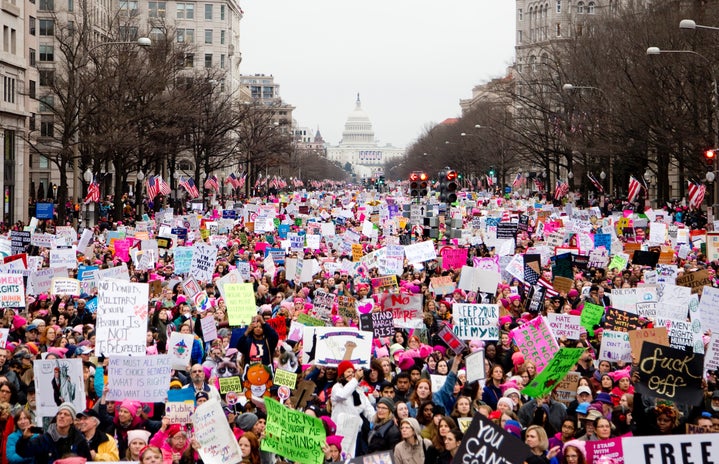Healthcare inequality is described as the differences in health services and resources available to individuals of different population groups. There are many reasons for this type of inequality, some of which are described below.
- Rising Costs of Healthcare
-
According to an analysis by KFF, health spending has increased from $353 per person in 1970 to $11,582 in 2019. This is partially due to tax exclusions of employer-provided healthcare plans for employees, which allows employers to offer more substantial plans to employees. Companies use their benefits as methods of attracting and retaining valuable employees, so each year they offer bigger and better plans. The better the plan, the more inclined individuals are to utilize the available healthcare services. This overconsumption of services is causing healthcare costs to rise for all Americans, not just those with privatized healthcare plans. Individuals relying on Medicare or Medicaid often receive lower-quality care because it is all that the social insurance plans can cover. Those without health insurance are left with significant bills and will often avoid seeking medical services at all.
- Disparities in Care
-
Individuals in lower-income communities often do not have access to adequate health facilities, according to The Balance. In cities, clinics and hospitals can quickly become overcrowded. The care is of lower quality because of a lack of resources and staff. Many patients are often misdiagnosed because hospitals are trying to get patients in and out as quickly as possible. Individuals in rural communities also lack the proper medical facilities. They tend to be far away, and if there is one close by it is usually small, understaffed, and underequipped (The Balance)
- Lifestyle Differences
-
Those in low-income communities typically don’t have the luxury of drinking fancy Whole Foods kombucha to help their gut microbiome, or the option to take turmeric supplements to boost their immunity. Nutrition is extremely important in our overall health, but healthy food is not always easily accessible in lower-income areas. According to a study published by the PMC, neighborhoods considered economically disadvantaged were more likely to have abundant sources of food that promote unhealthy eating (fast food, convenience stores, etc.). People feel as though fast food is the only option to feed their family on a budget, and in some cases, it is.
People do not have the resources available to them to learn how to cook and prepare healthy meals on a budget. I see a lot of advertisements for companies that send pre-measured ingredients to your door so that individuals can whip up quick gourmet meals. After checking out a few of the companies’ sites, it is obvious that this is not cheap. For twelve meals per week that serve one person, the total would be between $100 and $150. This is not practical or convenient for most Americans, and further pushes people in the direction of fast food.
- Social Injustice
-
Healthcare inequality also circles back to social/racial inequality. According to the Urban Institute, 30% of low-income families are Hispanic/Latinx, 22% African American, and 6% are other minority groups. Individuals that fall into minority groups make up 40% of the U.S. population. It is interesting to see the proportion of those in minority groups to those who are considered low-income. This often has to do with economic inequality that stems from the lack of job opportunities, adequate education, and housing.
Healthcare is a major issue that has grown from the seeds of many other forms of inequality. I am no expert and have yet to fully wrap my head around the complexity of these disparities, but I hope to do more research going forward. I hope that you do the same because the best way for us to evoke positive change is by doing research and coming up with viable solutions to better society as a whole.



